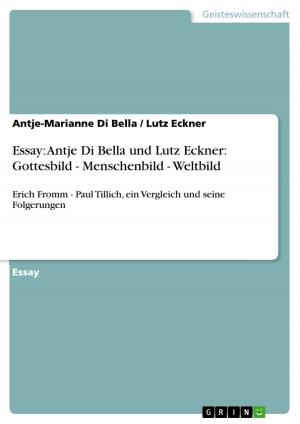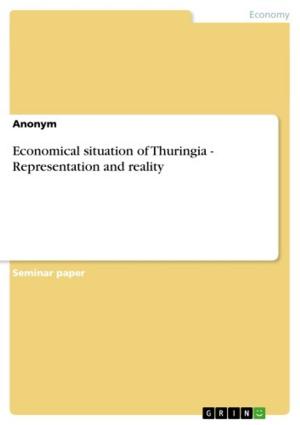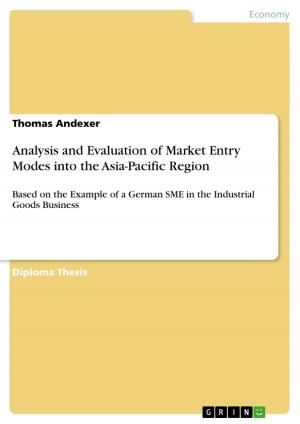| Author: | Eric Petermann | ISBN: | 9783640491124 |
| Publisher: | GRIN Publishing | Publication: | December 10, 2009 |
| Imprint: | GRIN Publishing | Language: | English |
| Author: | Eric Petermann |
| ISBN: | 9783640491124 |
| Publisher: | GRIN Publishing |
| Publication: | December 10, 2009 |
| Imprint: | GRIN Publishing |
| Language: | English |
Essay from the year 2009 in the subject Geography / Earth Science - Geology, Mineralogy, Soil Science, grade: 1,3, University of Leipzig (Institut für Geophysik und Geologie), course: M.Sc. Modul Paläoklimatologie, language: English, abstract: At the Paleocene/Eocene boundary (55 Ma BP) a general global warming trend was overruled by an outstanding 4-6 °C (Dickens et al. 1997; Zachos et al. 2001) short-term warming event. This information is derived from a -2 to -3? negative ? 18O excursion accompanied by an -2.5 ? ?13C excursion (Fig.1). Both isotope excursions occur simultaneously and reach their minimal values very rapidly within less than 10 ka. They return to initial values after -200 ka. PETM climate conditions resulted in extinction of archaic mammals while modern mammalian ancestors have appeared as well as in extinction or temporal disappearance of many deep-sea species (Dickens et al. 1997). ? 18O values of benthic foraminifera of all oceans and planktic foraminifera at high-latitude locations are marked by a sharp decrease (Fig.1) indicating a striking global temperature increase of the deep-sea and high-latitude surface water temperatures (Dickens et al. 1997). A simultaneous negative ?13C excursion is documented in marine as well as in terrestrial environments all over the world. The carbon isotope excursion is attributed to the release of massive quantities of biogenic methane (?13C = -60?) adding large amounts of 12C to the inorganic carbon reservoir. Mass balance calculations suggest a transfer of 1400 to 2800 Gt (Dickens et al.1997) respectively 1500 to 2200 Gt (Katz et al. 2001) of CH4 to the ocean/atmosphere system to explain the negative carbon isotope excursion.
Essay from the year 2009 in the subject Geography / Earth Science - Geology, Mineralogy, Soil Science, grade: 1,3, University of Leipzig (Institut für Geophysik und Geologie), course: M.Sc. Modul Paläoklimatologie, language: English, abstract: At the Paleocene/Eocene boundary (55 Ma BP) a general global warming trend was overruled by an outstanding 4-6 °C (Dickens et al. 1997; Zachos et al. 2001) short-term warming event. This information is derived from a -2 to -3? negative ? 18O excursion accompanied by an -2.5 ? ?13C excursion (Fig.1). Both isotope excursions occur simultaneously and reach their minimal values very rapidly within less than 10 ka. They return to initial values after -200 ka. PETM climate conditions resulted in extinction of archaic mammals while modern mammalian ancestors have appeared as well as in extinction or temporal disappearance of many deep-sea species (Dickens et al. 1997). ? 18O values of benthic foraminifera of all oceans and planktic foraminifera at high-latitude locations are marked by a sharp decrease (Fig.1) indicating a striking global temperature increase of the deep-sea and high-latitude surface water temperatures (Dickens et al. 1997). A simultaneous negative ?13C excursion is documented in marine as well as in terrestrial environments all over the world. The carbon isotope excursion is attributed to the release of massive quantities of biogenic methane (?13C = -60?) adding large amounts of 12C to the inorganic carbon reservoir. Mass balance calculations suggest a transfer of 1400 to 2800 Gt (Dickens et al.1997) respectively 1500 to 2200 Gt (Katz et al. 2001) of CH4 to the ocean/atmosphere system to explain the negative carbon isotope excursion.















